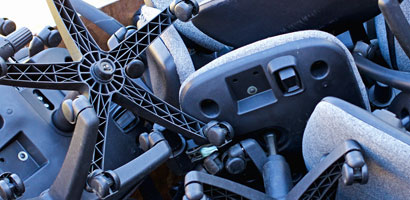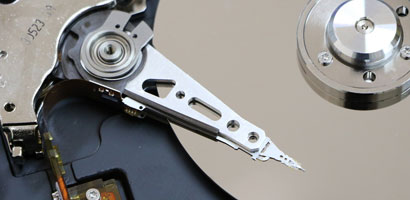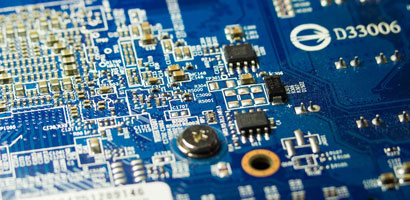Waste Not, Want Not - Recycle!
RCS Safely and Responsibly Recycle Waste into Reusable Material RCS Recycling is registered with the Environment Agency as Carrier, Broker, Dealer (Upper Tier).
We collect commercial and hazardous waste operating in 30 counties (and counting) in the UK public and private sectors diverting waste away from landfill sites by recycling it.





